
In uncertain economic times like today, the ‘lipstick effect’ often takes hold. Consumers may cut back on big-ticket purchases, but they continue to spend on affordable luxuries that add a little indulgence to their everyday lives.
In fact, a Deloitte survey last year found more than three in four consumers globally had made a splurge purchase in the previous month. And, while the name of the phenomenon might suggest people like to treat themselves to cosmetics, 34% of those consumers opted to buy luxury food and beverages, from speciality coffees to artisanal bread, premium spirits, and non-essential treats. That’s more than three times the number of people who decided to splurge down the personal care aisle.
This has enormous implications for the fmcg industry. It represents a clear opportunity for grocers and brands – especially those charging a price premium – to drive growth and customer loyalty, even as consumers tighten their purse strings and watch their spending.
But to capitalise on that opportunity, brands need to know how to captivate an increasingly discerning consumer in such a competitive space and transform everyday products into the little luxuries shoppers are searching for.
Story is everything in luxury
At the heart of any luxury brand is the art of storytelling. It’s a story that elevates a product above its basic function and creates a feeling of being part of something bigger. You see that with the world’s biggest luxury brands, whether it’s Ferrari’s association with Italian culture or Burberry’s quintessential Britishness. Though premium fmcg brands are much cheaper than a designer jacket, storytelling is just as essential to persuade consumers to part with an extra pound or two.
Why would someone pick a brand like Border Biscuits over the cheaper alternative, for example? It’s because Border, arguably, has elevated its brand beyond “just biscuits” by weaving a narrative of authenticity and artisanal craftsmanship. By focusing on its heritage as a family-owned business in its packaging and advertising, Border has crafted an image that resonates with consumers seeking more than just a quick fix. It provides a connection to family values and tradition.
Story is everything in luxury, whether large or little. Fmcg brands wanting to capitalise on that lipstick effect and become the go-to treat in people’s everyday lives need to invest their time and money into crafting one.
Experience is also vital in luxury. Shoppers will visit a luxury fashion store for the premium service and beautifully displayed clothes; little luxuries in the supermarket need to find a way to create their own brand experience worth paying a little extra for.
That might mean creating an immersive experience within their advertising that transcends the basic act of consumption. Chocolate makers excel at creating a sensory experience with images or video – we all remember watching an actress pop a piece of Galaxy chocolate in her mouth and being transported to a realm of indulgence and delight.
Brands also need to get creative with innovative packaging and experiential marketing activations. Creativity is the catalyst that sparks consumer interest and drives sales; by infusing every aspect of their brand experience with creativity, premium grocers and brands can differentiate themselves in this fiercely competitive landscape.
Ultimately, when brands elevate the experience of buying their products and turn a routine purchase into a memorable and emotional moment, they foster the trust, loyalty, and desire that turns that purchase into a sought-after luxury in people’s daily lives.
A killer combination
Of course, product quality also plays a crucial role. If your product doesn’t reflect the story you’ve told or the experience you’ve crafted, you’ll quickly lose customers.
M&S has long positioned itself as a purveyor of refined tastes and a sophisticated lifestyle through its brand – 2004’s ‘This is not just food’ campaign solidified that particular narrative for the brand. The iconic ads brought ‘food porn’ into the mainstream for the first time and told a distinctive story of food-created pleasure.
And M&S also backs this up with the quality of its products. This killer combination is what draws customers away from the alternative grocery shop options. Demonstrating the lipstick effect in action, M&S was one of the strongest-performing UK supermarkets over Christmas.
Despite higher bills and a fraught economy, consumers are willing to spend on small luxuries in their weekly shop. But they’ll choose those treats very carefully. To win these shoppers and capitalise on the growth opportunity, marketers need to think about elevating their brand through story, experience and product.
Shoppers want a touch of something special in their everyday lives. And what an opportunity that creates for grocers and fmcg brands who can meet and even exceed these expectations, transforming routine grocery runs into journeys of discovery and delight.





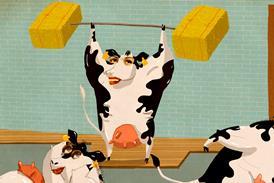







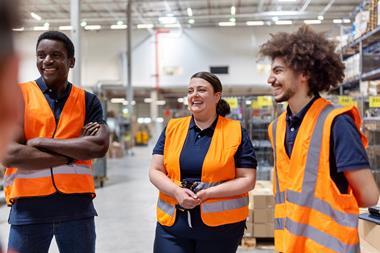
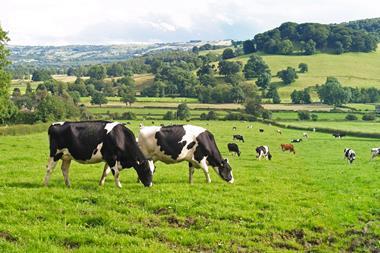
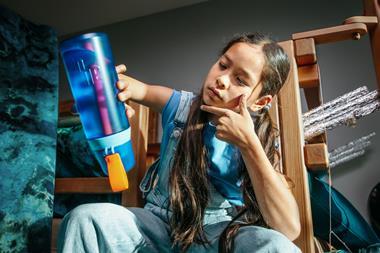

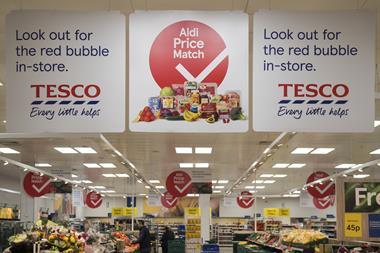

No comments yet